Style Italiano is a collaboration of recognised dental specialists with a passion for composites. The organization was founded by Prof Angelo Putignano with the world renowned composite expert, Walter De Voto. Their goal is to teach dentists a simplified composite layering technique without compromising quality or aesthetics. The aim was to provide dentists with a simplified composite layering technique, using only two shades that any dentist can carry-out using well researched shade recipes, without compromising on aesthetics.
With a thorough understanding of the complexities involving hue, chroma and value we can blend all the available components available for multi-layering techniques to give beautiful ideal results for direct restorations in the anterior aesthetic zone. This, however, takes time, practice and expertise, and is not predictable except in the hands of a few, hence the goal to simplify the process. Using analysis of shade and materials thickness they devised a two-layer shade system using simple instrumentation for precise and optimal reproduction, using 3M/ESPEs Filtek Supreme composite.
Case description
The patient had stained and leaking composites that required replacing (fig 1). Following isolation of the teeth with a rubber-dam, the old restorations were removed and the cavities prepared with a beveled margin (fig 2). Sectional (malar strip) matrices were placed and held in place with wedges to aid restoration of the interproximal anatomy with a thin enamel shade layer, and also avoid accidental contamination of adjacent teeth during adhesive procedures (figs 3-6). Scotchbond Multi-purpose adhesive (3M/ESPE) was used as a bonding agent and the restoration of the tooth structure was done with Filtek Supreme XTE nano-technology composite.
The dentine body was added (fig 7) and shaped to allow for a pre-defined depth (0.5mm) of surface enamel layer, so as not to lower the value of the restorations, using a Style Italiano Misura instrument (LM) (fig 8). The final enamel layer was applied and contoured using brushes (figs 9 and 10).
A final 60 second light-cure was performed under glycerin (fig 11) to eliminate oxygen access to the restoration surface. This process provides complete polymerisation of the composite, improves the surface resistance and improves the polishability. The restorations were simply finished with multi-fluted tungsten carbide composite shaping burs and given an initial polish with the Soflex Spiral polishing system. At this stage the restorations are still noticeable due to the dehydrated appearance of the teeth under rubber-dam (fig 12).
One week later the patient returned for a review appointment at which the final anatomical contouring was done and the restorations polished with goat-hair and felt polishing wheels. The highly aesthetic nature of the restorative material is evident in the final close-up photo (fig 13).
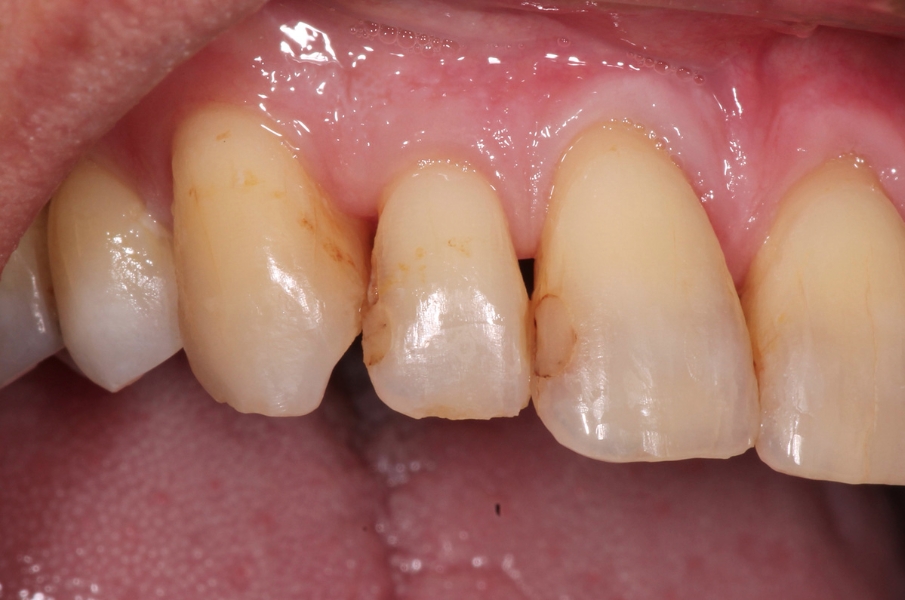
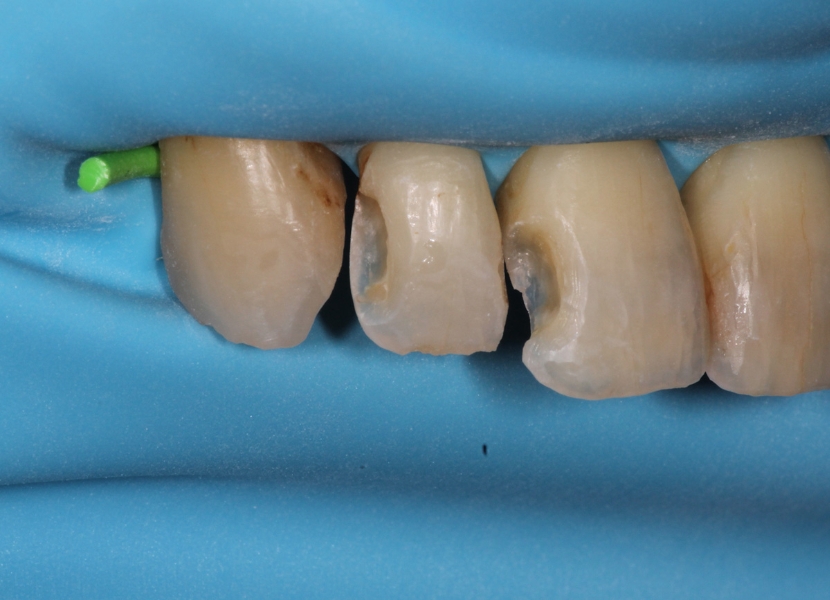
Fig 1: Initial situation. Fig 2: Teeth preparation.
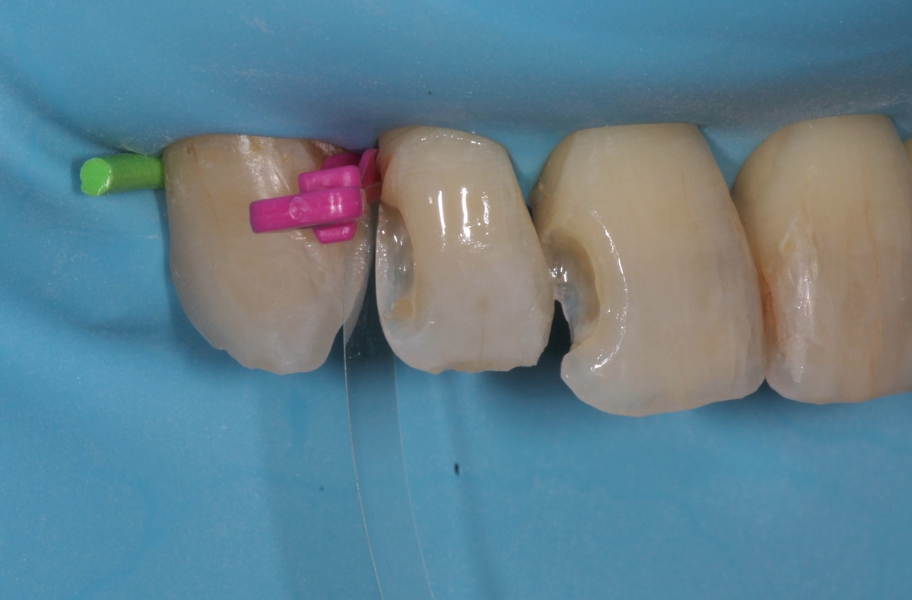
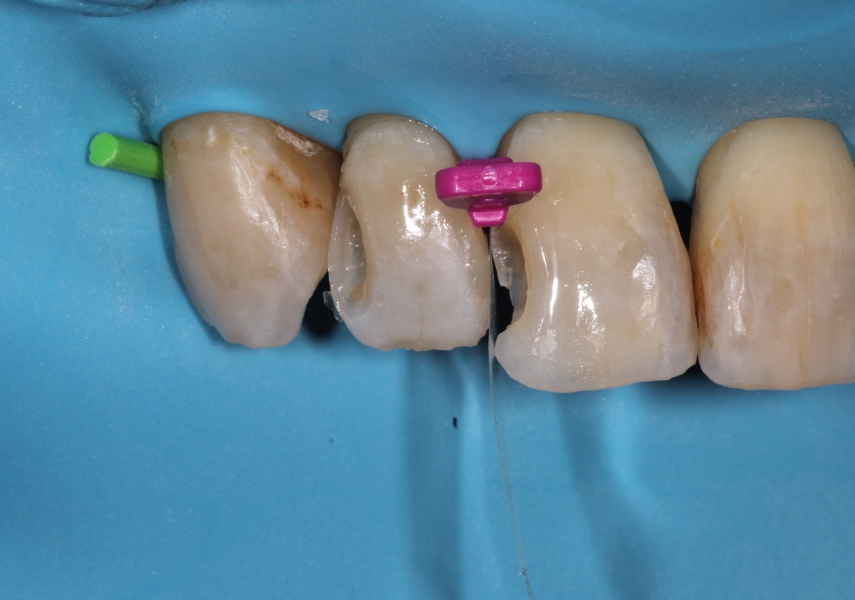
Fig 3: Sectional matrixes Fig 4: Interproximal wall
in situ with anatomical wedge. reconstruction with the aid of
Sectional matrixes.
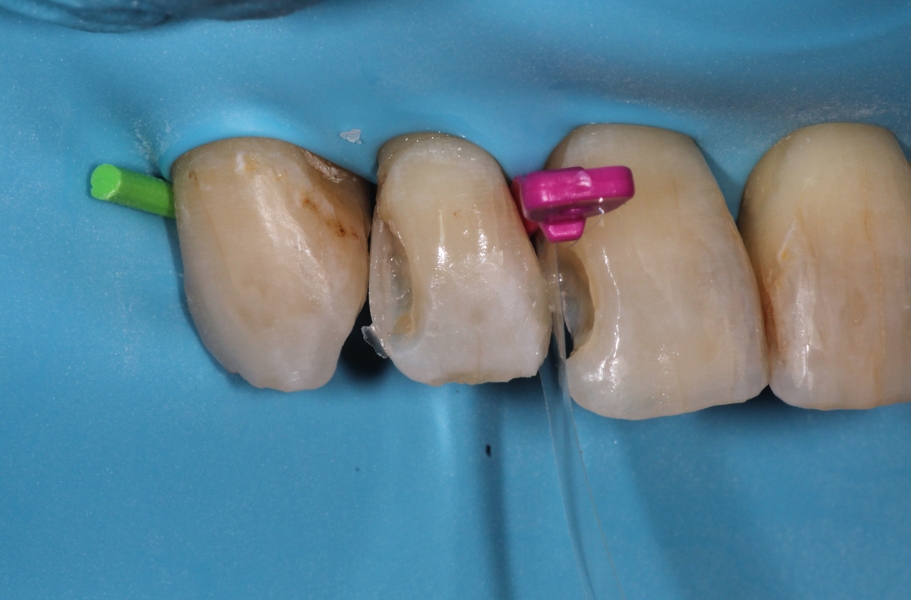
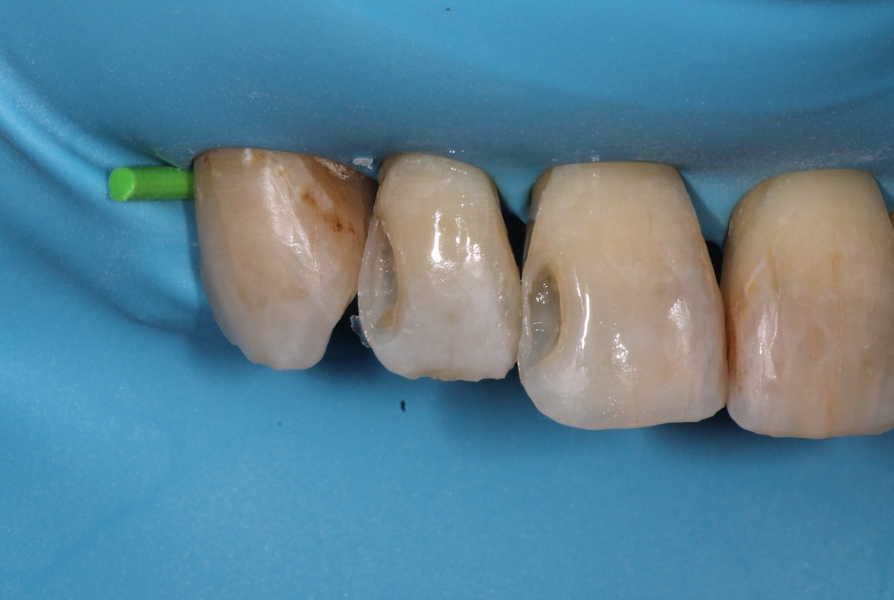
Fig 5: Sectional matrixes Fig 6: Sectional matrixes make
in situ with anatomical wedge. Interproximal wall reconstruction
quicker and more predictable.
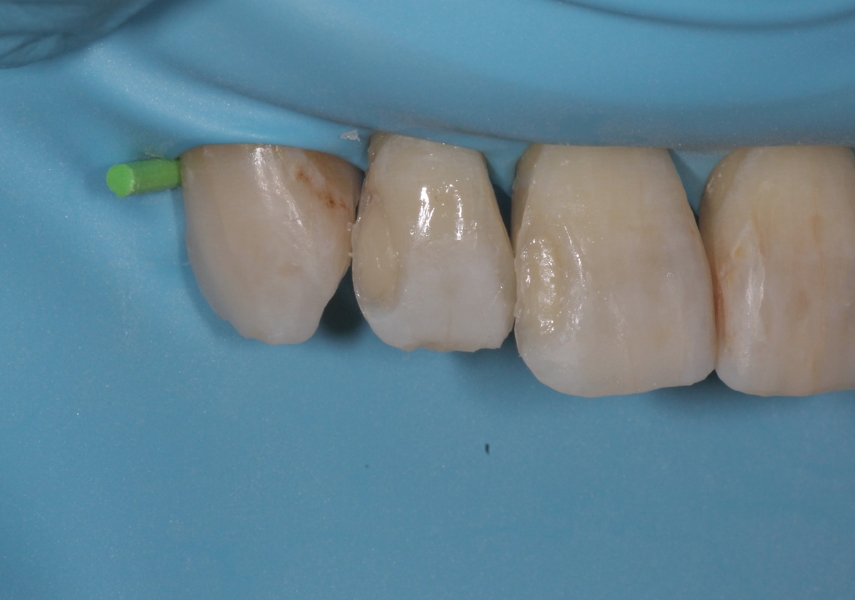
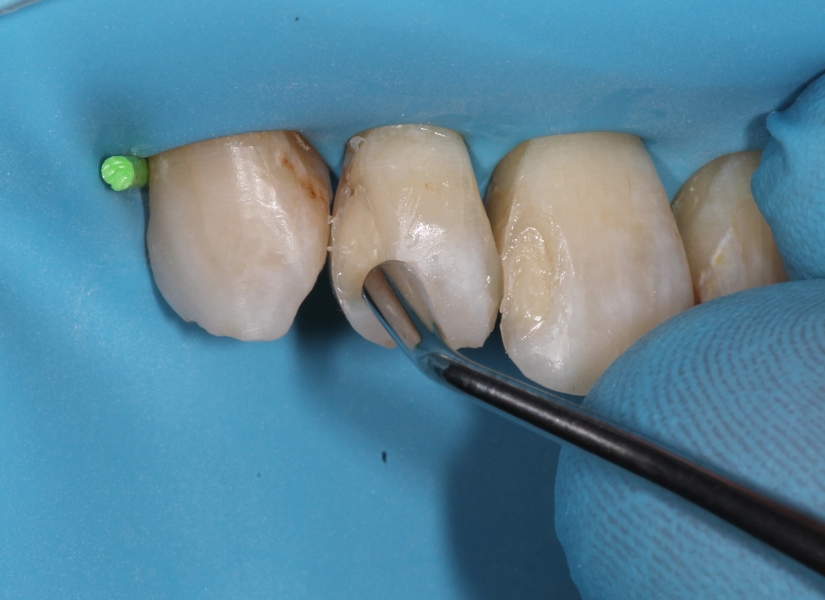
Fig 7: Internal dentine layer Fig 8: 'Style Italiano' 0.5mm
build-up. taper instrument.
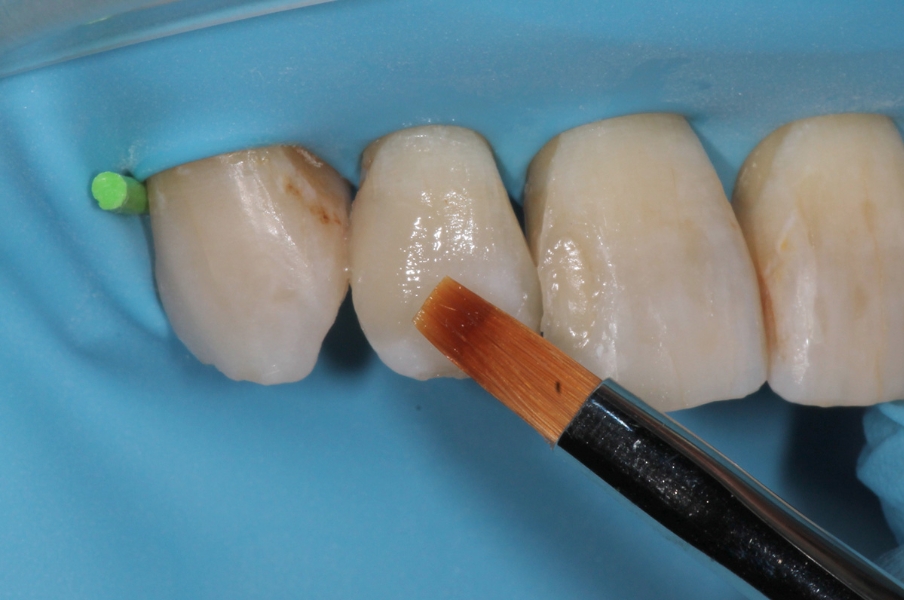

Fig 9: Final enamel layer Fig 10: Final enamel layer
placement with sculpting placement with sculpting brushes.
brushes.
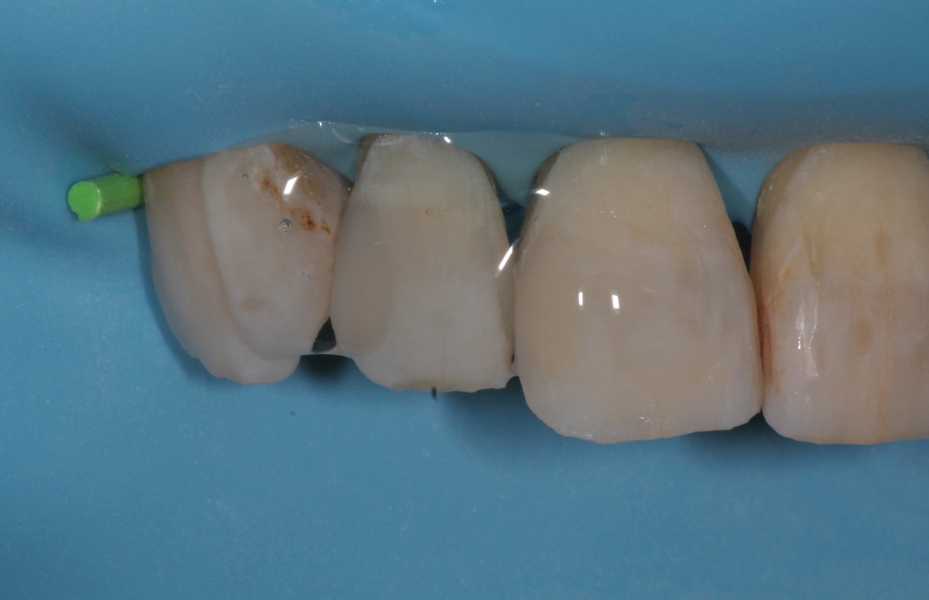
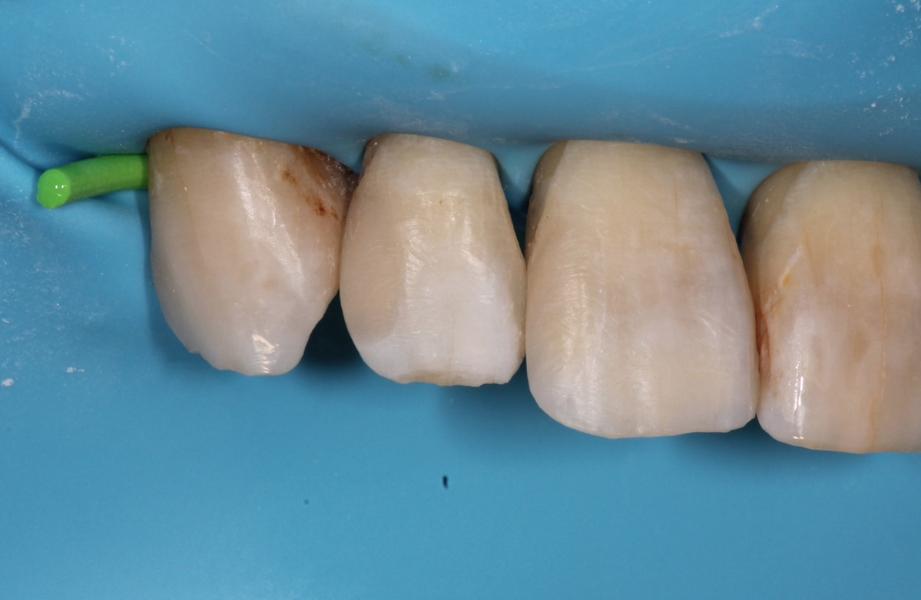
Fig 11: Glycerin covering Fig 12: Initial contouring and
composite before final light polishing.
cure.
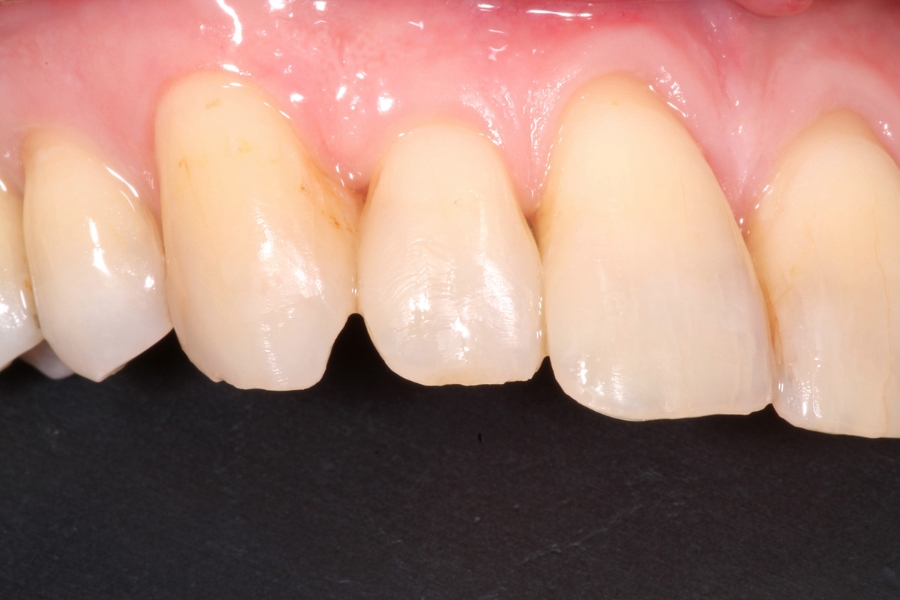
Fig 13: Close up of the final
result.
